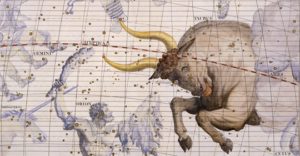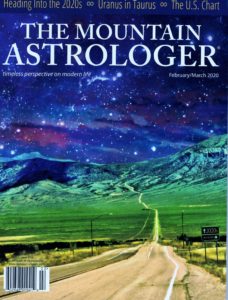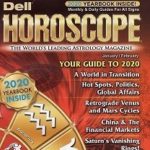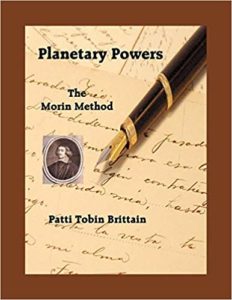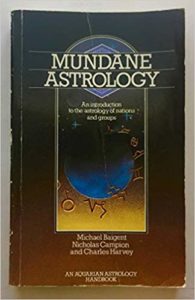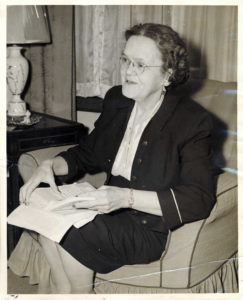As COVID-19 spreads, many are recalling the influenza pandemic of 1918. With the largest population in the U.S. (5 million), New York City was the worst hit. 33,000 died over a year, a third of all cases in the country. The City’s response was very different than for the 2020 Coronavirus restrictions, as the astrology shows. 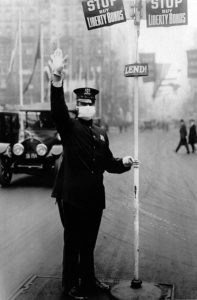
When the flu first struck in the spring, it wasn’t serious. But New York was the arrival port for troops returning from Europe in World War I, and that fall influenza became a serious health concern. Young, healthy people were falling ill and dying.
The City’s health system, recently galvanized to combat tuberculosis, advised the public to avoid spitting and to use handkerchiefs – reminiscent of some of the hygiene suggestions we’re receiving a century later. The Health Commissioner ordered staggered work hours to lessen rush-hour crowding. 150 emergency health centers were put to work. But businesses, theaters and schools remained open to avoid panic. Teachers and school personnel were expected to assess children for symptoms and educate them. These measures seem to have worked as the death rate was much lower than in other large cities (about half a percent).
New York City has a dynamic horoscope, with Jupiter rising in Libra: it’s well-known for its focus on business, publishing and the arts. The Sun conjoining the 4th house in Capricorn reminds us that many make their homes here, too, and the T-square with Jupiter in Libra and the Midheaven in Cancer creates a lively, active place. Four planets in Sagittarius put the emphasis on communications and the value of its ports and many immigrants. Venus and Jupiter are in mutual reception and dispose of all the other planets, making New York a rather large and successful city. 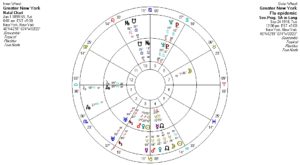
As the flu arrived in the spring of 1918, a total Solar Eclipse activated the City’s Neptune conjunct Pluto in air-sign Gemini, and transiting Jupiter conjoined first Pluto, then Neptune in the 9th – allowing for a wide spread of a deadly pathogen by air. In September, when the flu became more dangerous, the progressed Moon in late Capricorn conjoined progressed Venus and the North Node, and squared the progressed Ascendant in Libra. Transiting Jupiter in Cancer conjoined the MC as it stationed on the City’s natal T-square, squaring 1st house Jupiter and opposing Saturn. As is so often the case, the emphasis on angularity made for more significant events.
While the cardinal signs and angular houses are again emphasized, the 2020 Coronavirus scenario is quite different. The authorities’ recommendation to shelter at home and avoid unnecessary travel are clearly shown by the transiting combination of Jupiter, Saturn and Pluto in Capricorn in NYC’s 4th house. With so much Capricorn, there is a more serious, organized and controlled response.
Transiting Saturn conjoined the City’s North Node in the 4th in mid-February, perhaps the time when the infection originally arrived. When the first cases were reported in NY in March, transiting Jupiter in Capricorn conjoined natal Mercury (ruler of the 9th and 12th) in the 4th house. The progressed Ascendant at about 19 Capricorn conjoined the progressed North Node at 20 Capricorn (right on the January Lunar Eclipse at 20 Cancer), further adding to the emphasis on Capricorn and the North Node that we also saw in 1918. But as Mars, Saturn and Pluto have now moved away from these degrees, hopefully the imposed restrictions will help alleviate the contagion.

